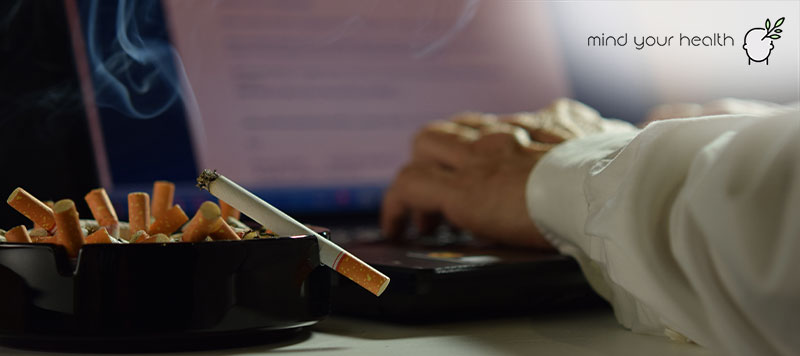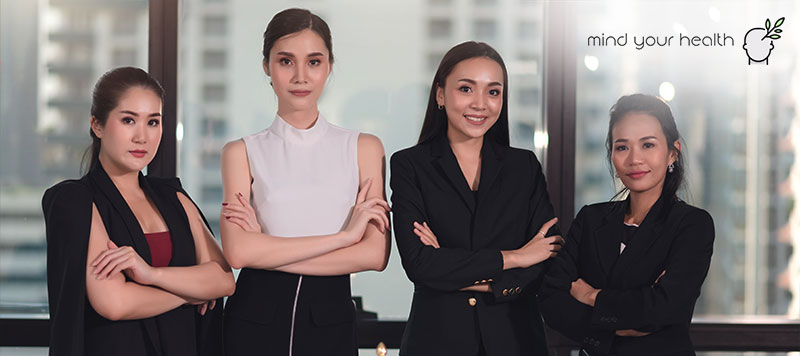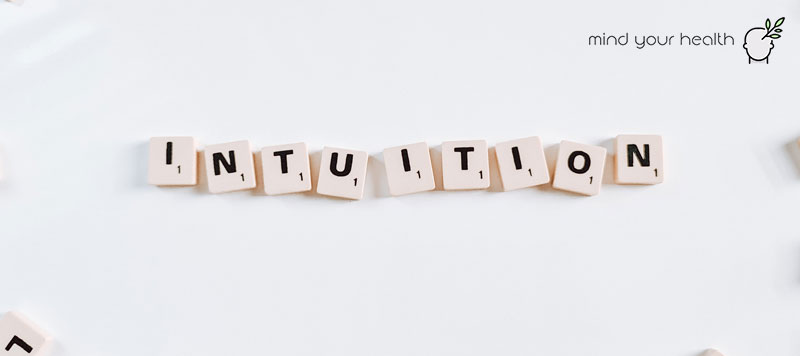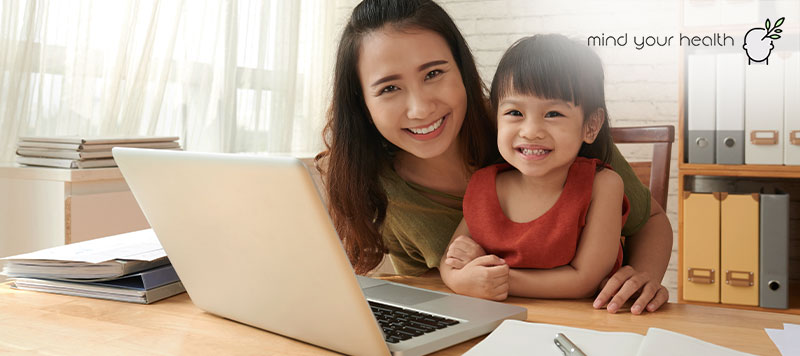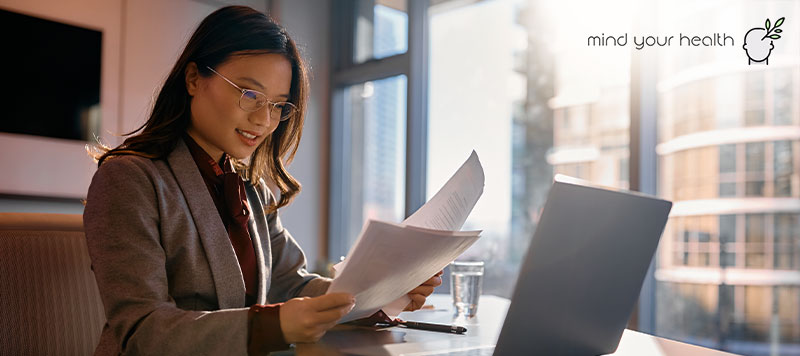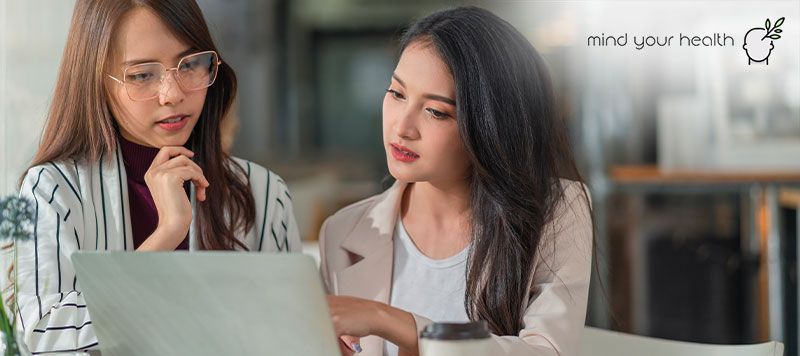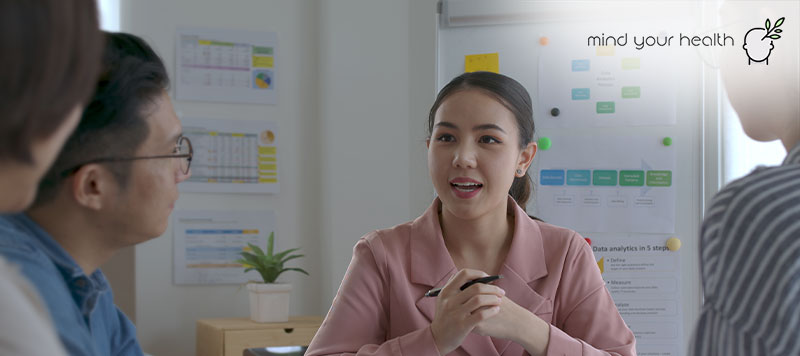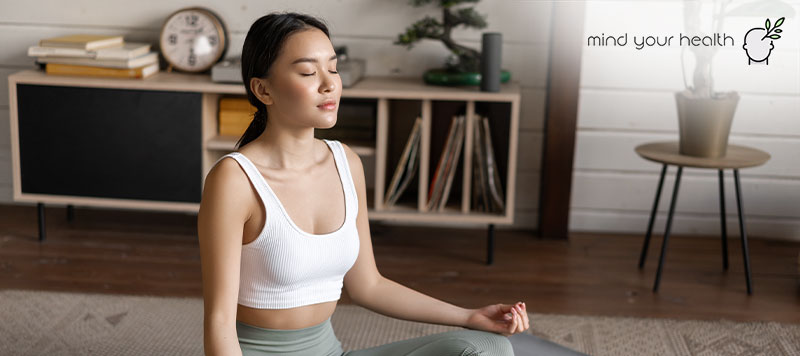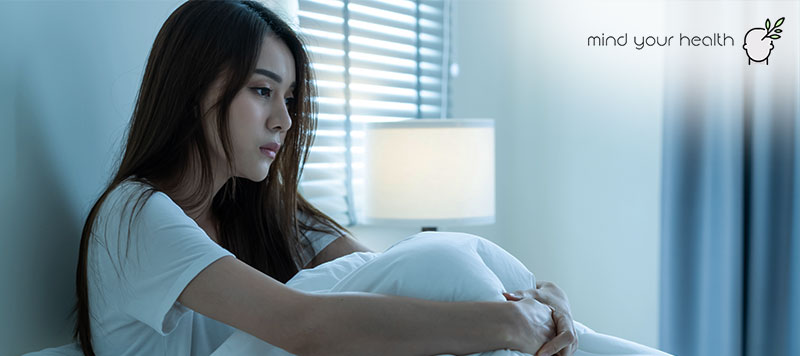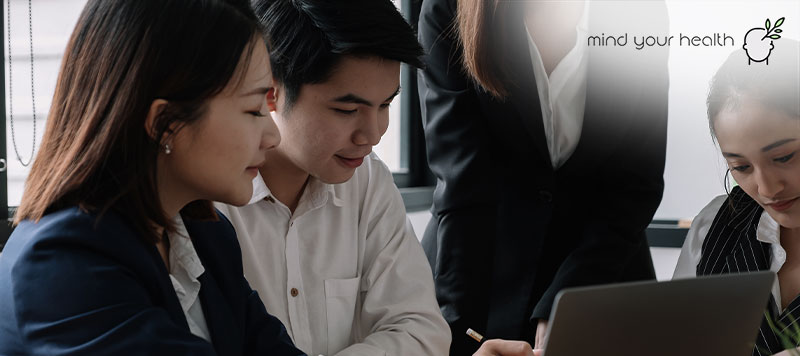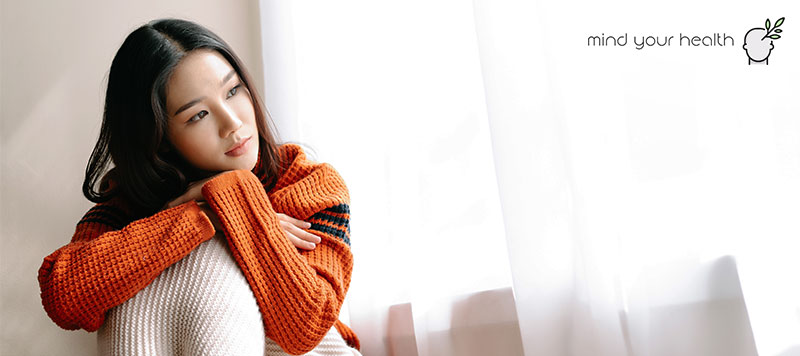What is Anxiety?
Anxiety is a feeling of tension and worry that can also cause physical reactions like increased blood pressure.
People who suffer from anxiety frequently have disturbing thoughts or worries. Out of fear, they might steer clear of certain situations.
They might also experience physical side effects like sweating, trembling, nausea, or an accelerated heartbeat.
Signs and Symptoms of Anxiety
Anxiety has many forms and some people may not even know that they have it.
There are many different anxiety disorders, such as generalized anxiety disorder, panic disorder, social anxiety disorder, and phobia-related disorders.
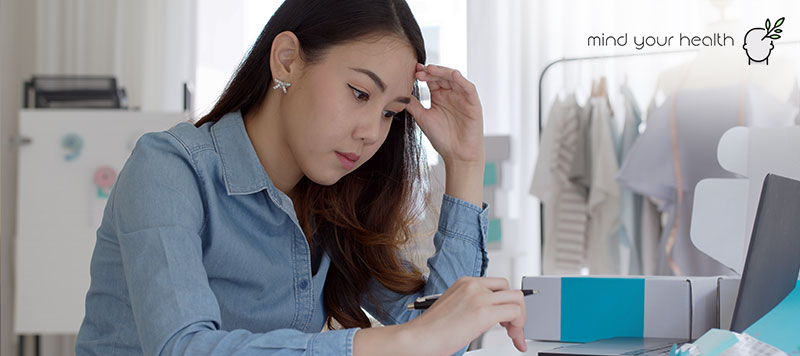
So, if you’ve asked yourself ‘how do I know if I have anxiety disorder?’ or ‘what symptoms does anxiety cause?’, self-reflect and see if you’ve experienced the following:
How do I know if I have generalized anxiety?
- Feeling tense, anxious, or restless
- Easily fatigued
- Difficulty concentrating
- Irritable
- Headaches, muscle aches, stomachaches
- Unexplained pains
- Difficulty controlling worriedness
- Sleep problems
How do I know if I’m having a panic attack?
- Pounding or accelerated heartbeat
- Sweating
- Trembling
- Chest pains
- Feelings of impending doom
- Feelings of being out of control
Do I have social anxiety or am I just shy?
- Sweating or trembling
- Pounding or accelerated heartbeat
- Stomachaches
- Rigid body posture
- Difficulty making eye contact
- Self-conscious
- Fear of negative judgment
What are the symptoms of phobia disorder?
- Irrational or excessive worry about facing the fear
- Try to actively avoid the fear
- Feeling intense worry when facing the fear
5 Easy Steps to Prevent Anxiety Attacks
You may be left wondering, ‘what can I do for anxiety?’, ‘can anxiety be controlled?’
If it is irregular and interferes with your tasks, here are some quick natural anxiety solutions that may help you cope with your anxiety.
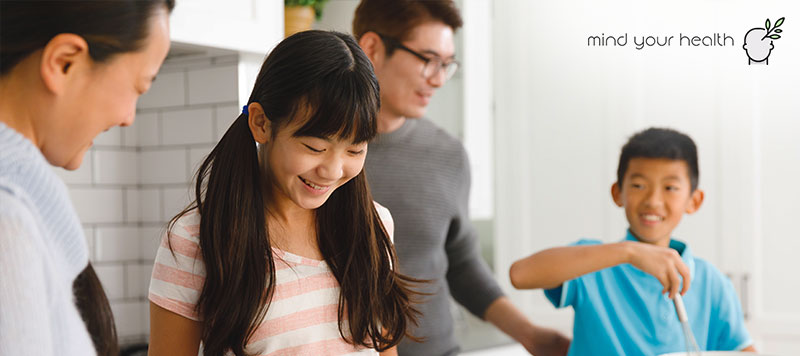
1. Check your thought process
You may start to think negative thoughts and alter your perception of how serious the problem is.
One technique is to assess your worries, discover if they are real, and look for areas where you can take control.
2. Take a breather
Try breathing in and out for 4 counts each within 5 minutes.
With controlled breathing, your heart rate can slowly decrease until you are calm.
For example, if you have symptoms of work anxiety, take a few minutes out of your day to take some fresh air and clear your head.
3. Aromatherapy
Natural scents like lavender, chamomile, and sandalwood can be very soothing, whether in essential oil form, incense, or a candle.
Aromatherapy is thought to help activate certain brain receptors, potentially reducing stress.
4. Calming Exercises
Walking away from a stressful situation is sometimes the best way to calm down.
Take some time to focus on your body rather than your mind to help you feel less anxious. Any quick exercise like yoga or taking a walk can help you feel better and relax.
5. Writing
When you write down what’s making you anxious, it helps get it out of your head so you feel less overwhelmed.
Once it is written down, the actual situation may not seem as daunting as you thought.
Hypnotherapy for Anxiety is Highly Effective
These techniques are especially beneficial for people who experience anxiety on a regular basis. After all, hypnotherapy is a type of therapy for anxiety.
However, if you feel that it is severe, you should consult your doctor for long-term strategies.
Most people are still skeptical about whether is hypnosis good for anxiety and does hypnosis actually work for anxiety.
Don’t worry, hypnosis for anxiety a proven high rate of recovery (93%) with only 6 sessions compared to psychoanalysis and behavioral therapy.
Do you want to try hypnotherapy for anxiety? Get in touch for a FREE 30-minute chat with me.
***MEDICAL DISCLAIMER
This article is for informational and educational purposes only and does not constitute medical advice. Although we strive to provide accurate general information, the information presented here is not a substitute for any kind of professional advice, and you should not rely solely on this information. Please opt for a one-to-one consultation with us or a professional for your particular issues before making any medical decisions.
![Clinical Hypnotherapy Services [Safe & Proven Results]](https://www.mindyourhealth.my/wp-content/uploads/2022/07/logo-1.png)






